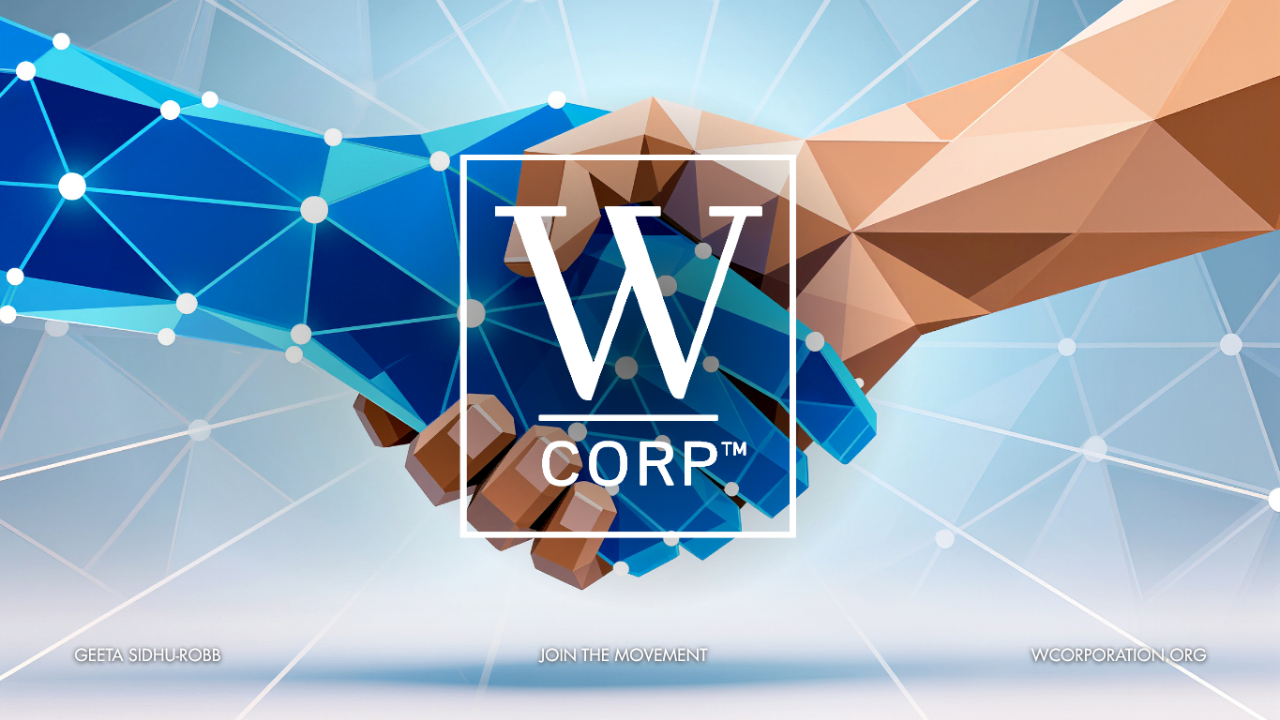Empowering Women in AI: The Growth Engine We’ve Overlooked
Nov 24, 2025
#WomenInAI #GenderEquality #InclusiveInnovation #AILeadership #TechForGood #DigitalEquity #FutureOfWork #DiversityInTech #WCorp #ROIGenie #WomenInLeadership #SustainableGrowth #EquityAndInclusion
How gender-balanced leadership in artificial intelligence drives innovation, profitability and inclusive design
By WCorp Editorial Team
Many of us use AI daily for idea generation, job matching, writing and even managing our personal lives. Yet few of us stop to think about who designed, tested and trained these AI helpers - or whose perspectives were left out.
Bias is built into the systems we rely on every day - subtle, often invisible, quietly shaping outcomes in ways we may not notice. For those of us who do not fit the “white male” norm, this bias can silently limit opportunities. This isn’t about provocation - it’s a reality that, left unchecked, will continue to disadvantage millions of women worldwide.

University of Washington researchers found significant racial, gender and intersectional bias in how three state-of-the-art large language models ranked resumes: “The models favoured white-associated names 85% of the time, female-associated names only 11% of the time, and never favoured Black male-associated names over white male-associated names” (University of Washington, 2024) - and this is just one example of a wider pattern shaping women’s place in the digital economy.
The Scale of the AI Divide
In 2019, women constituted only 26% of the data and AI workforce, contributing to bias in the tools and systems they build (ScienceDirect, 2025). Progress has been slow: now, women make up only 29% of the global tech workforce and just 14% of tech leaders. Nearly 28% of women’s jobs are at risk from AI, compared to 21% of men’s (UN Women, 2025).
Understanding how we got here is essential to changing course.
How Bias Builds on History
AI systems reflect the data and roles they are trained on. Many training datasets are rooted in years of gender-segregated labour: women were more likely to be in lower-paid roles, less likely to be in the highest-paid technical positions and less likely to hold leadership positions in tech. Because women historically filled fewer senior technical roles, AI models trained on “successful candidates” data skew towards male-normative patterns (Euro News 2022).

The Turing Institute (2021) highlights that under-representation of women and marginalised groups in AI creates a feedback loop, embedding and amplifying bias in machine learning systems. This structural bias in training data makes it more likely that AI systems will replicate inequalities - recommending lower pay, fewer advancement opportunities or stereotyped roles for women. (Data Justice Lab, 2025).
Closing the Digital Divide
However, there is room for optimism - the digital future can also be a powerful equaliser. According to UN Women (2025), the potential gains are staggering. Closing the gender AI divide could: benefit 343 million women and girls, lift 30 million out of extreme poverty and improve food security for 42 million. This shift could generate $1.5 trillion in global growth by 2030.
Leadership Performance in AI
Gender-balanced leadership drives stronger business outcomes - and in AI this matters even more. Companies with diverse leadership achieve higher ROI, increased innovation revenue and improved customer satisfaction. McKinsey & Company (2020) found that companies in the top quartile for gender diversity on executive teams were 25% more likely to outperform financially than those in the bottom quartile. “Gender diversity in technology enhances team dynamics and stimulates out-of-the-box and creative thinking” (UNESCO 2024), making teams better at spotting and mitigating bias, designing solutions that meet the needs of all users and creating products that perform reliably and ethically. Investing in women in AI leadership drives profitability, innovation and market impact while promoting equity.
For business leaders, inclusion is a strategy for growth and innovation:
- Talent and Productivity: Inclusive AI broadens capabilities and strengthens teams
- Innovation and Market Access: Diverse teams design better products and reach wider markets
- Risk Reduction: Inclusive AI mitigates regulatory, operational and reputational risks
- Leadership Performance: Gender-balanced teams outperform peers in ROI, innovation and customer satisfaction
Lead the Change
AI stands at a crossroads: it can cement inequality or unleash unprecedented opportunity for millions of women worldwide. The choice - and the competitive advantage - belongs to those who act now. Companies that integrate women into AI leadership, product design and governance are building organisations that are more profitable, more innovative and more resilient.

Discover the ROI of Equity with WCorp’s ROI Genie
Use ROI Genie to measure the business impact of gender-smart leadership and inclusive AI. See how investing in women in AI can unlock talent, drive growth and deliver measurable ROI.





